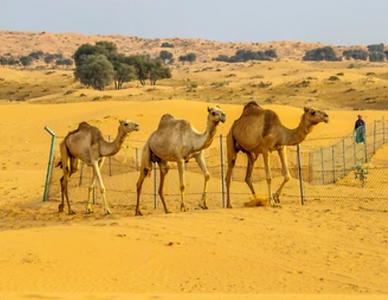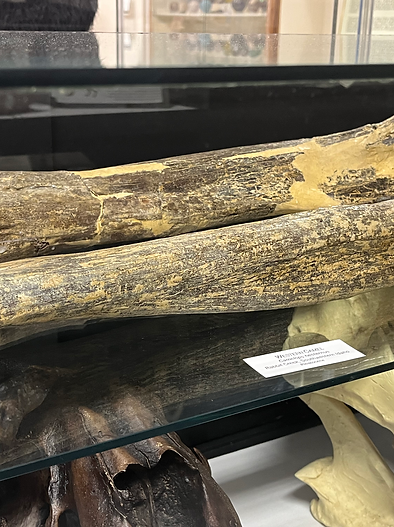
Western Bluebird
The Western Camel Extinction...Collateral Damage of Climate Change
When you look at this Western Camel, you see collateral damage

In the 19th century, the global temperature was slowly rising, and the hot dry climate was too harsh even for the resilient horses, so settlers and traders got help from another domesticated animal that would survive. This was the camel. Thousands of camels were imported to Australia to work as a pack of animals on expeditions. Camels continued to slave away for humans until the 20th century when they were replaced by the combustion engine. Since their service was no longer needed, they were let loose in millions of square miles of arid desert where few animals survive. They thrived as they were famous for adaptation in many environments. However, in the second half of the Miocene, grasslands continued to expand, which then caused camels' leafy foods to become less and less common while animals that fed on grass flourished.
The Western Camel can be identified by their two-toes pedal feet and their high vertebrae that are believed to support the large hump on the camel. From the shoulders down alone, the camel is around 7ft tall, weighing over 1800 pounds.

Here you can see the climate the camels thrived in

The Western Camel was a part of a longer North American extinction roughly 13,000 years ago. A journal about climate warming and the role that humans played in extinction stated: “Climate change and humans are proposed as the key drivers of total extinction of many large mammals in the late Pleistocene.” Back then, we were a hunter-gatherer society, which is suspected to play a role in the extinction because of the overkill while hunting. However, the real answer is that scientists do not have a definite answer and are still researching to this day. The Illinois state museum, emphasizing the role humans played in this, state: “Researchers who support this view generally favor one of two explanations. The first is that human over-hunting directly caused the extinction. The second is that over-hunting eliminated a 'keystone species and this led to environmental collapse and a more general extinction.'” The reason why I believe the Western Camels were collateral damage is that their extinction, along with other mammals, was the outcome of humans trying to do anything they could to survive and climate change, both of which the Western Camel did not stand a chance against, making them collateral damage to events they single-handedly could not control.
The Western Camel in the Orma J. Smith Museum of Natural History
